I am using the Google Maps Directions Service to request a path from a start point to an end point. This obviously returns a list of Lat/Lng markers which are joined to draw a path. The code looks like this:
directionsService.route(request, function(result, status) {
if (status == 'OK') {
directionsDisplay.setDirections(result);
var myRoute = result.routes[0].legs[0];
//console.log(myRoute);
for (var i = 0; i < myRoute.steps.length; i++) {
var marker = new google.maps.Marker({
position: myRoute.steps[i].start_point,
map: map
});
console.log(myRoute.steps[i].start_point.lat(),myRoute.steps[i].start_point.lng() );
attachInstructionText(marker, myRoute.steps[i].instructions);
markerArray[i] = marker;
}
}
});
I am having trouble figuring out an algorithm which will generate more Lat/Lng 'markers' between the existing ones.
To visualize this even further here is another diagram. Red X's show the points that the call returns. I have then added Blue X's on-top to show what I want the result to look like.

Thanks!!!
